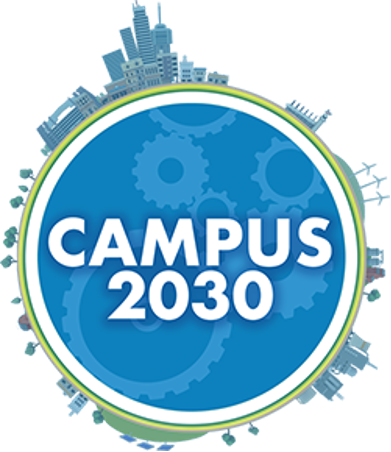CAMPUS 2030 – Enabling systemic solutions for smart roads
Campus 2030 will enable innovative partnerships towards sustainable systemic solutions of smart roads and intelligent transportation. The project launches a Digital Twin of KTH's road infrastructure including an augmented reality (AR) experience on campus.

The purpose of the Campus 2030 project is to pave the way for an open smart roads- and intelligent transportation systems testbed and innovation arena on KTH Campus Valhallavägen. The testbed – and the related research and work to both set it up and assess it – will provide a focal point for stimulating interactions with a multitude of relevant stakeholders. Campus 2030 will launch a Digital Twin of KTH's road infrastructure including an augmented reality (AR) experience on campus.
Project Description
With the advent of smart transportation, infrastructure can no longer be seen as a static part of the solution, in which possible ‘smart’ IT components are merely placed within the body/surface of the road. Nor can ‘the road’ and it associated industry longer be operating as a separate part of the transport equation, as more integrated road solutions are needed. This change towards more complex solutions and partnerships has to be managed. For this reason, in the heart of the KTH campus Valhallvägen, Campus2030 will enable innovative partnerships towards sustainable systemic solutions of smart roads and intelligent transportation. The project, building upon existing tools and expertise, launches a Digital Twin of KTHs road infrastructure that includes an augmented reality (AR) experience on campus to stimulate interaction with an open smart road digital platform developed in the project.
Autonomous vehicles, dynamic charging of electrical vehicles and vehicle-to-infrastructure communication are a few examples that all require a systemic solution in order to function sustainably. By investigating synergies across roads, physical and digital infrastructure as well as road traffic, new opportunities, business models and synergies will be possible. A key element in bringing these synergies concern sharing data and models, computation and communication, across previously separated domains. Such future integrated solutions constitute Cyber-Physical Systems (CPS) that promise to improve availability, safety, and efficiency while promoting and adopting sustainability as an innovation driver. The integration of more advanced technologies into the infrastructure requires up-front consideration of a number of aspects such as circularity (e.g. reuse, recycling), side effects and trustworthiness. To be able to move successfully forward from this traditional siloed engineering structures, we need to manage the change process.
Campus 2030 is building on the results and expertise generated from many different projects by the project partners, including feasibility studies on electrified roads, development of control towers for geofencing, autonomous driving, digital twin development, pavement-sensor integration experiments, exploring the use of drones for road maintenance observations, augmented realities for enhanced user engagement, etc.
Purpose and goals of Campus 2030
Together with its partners, Campus 2030 provides an environment that serves as an important nursery for students, researchers, industry stakeholders and authorities to test out and systemically optimize smart transportation ideas, making use of the full cross-disciplinary range of expertise available.
With the creation of Campus2030, we hope to create a structured approach to help manage a systemic change towards the new realities of a sustainable transportation infrastructure sector, including a wide variety of challenges and opportunities coming from digitization.
Mechatronics specific contributions
The Mechatronics division contributes with experiences in systems engineering and cyber-physical systems. In particular, the Mechatronics division is responsible for the Digital Twin development within Campus2030, building upon and extending our AD-EYE platform ( www.adeye.se/ ). The Campus2030 connects well to several other efforts led by the Mechatronics division including the TECoSA research center on Trustworthy edge computing systems and applications ( www.tecosa.center.kth.se ), as well as the ICES competence network ( www.ices.kth.se ).
